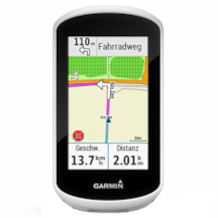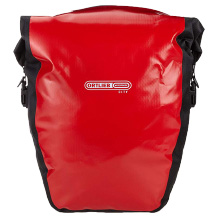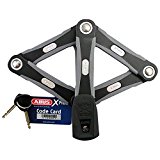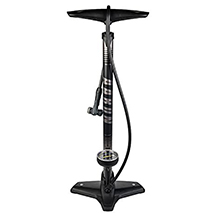Cycling glasses purchasing advice: how to choose the right product
- The most important facts in brief
- Cycling glasses are an important piece of equipment for hobby and professional cyclists.
- The glasses protect the eyes from strong wind, extreme sunlight and dirt particles or insects.
- Some glasses impress with practical features such as automatic tinting, an anti-fog coating or prescription.
- Whether frameless cycling glasses, half or complete frames – depending on your preference, there is a suitable model.
- Make sure the glasses fit correctly so that they don’t pinch, but also don’t fall off your head.
What are cycling glasses for?
If you are cycling fast, you certainly know the feeling when the wind hits your face and your eyes start to water. Cyclists who are always travelling at high speeds use special cycling glasses. They protect you from the headwind and thus guarantee an unobstructed view. They also repel sand and dust kicked up by the wind or oncoming traffic, and you don’t run the risk of oncoming insects landing in your eyes.
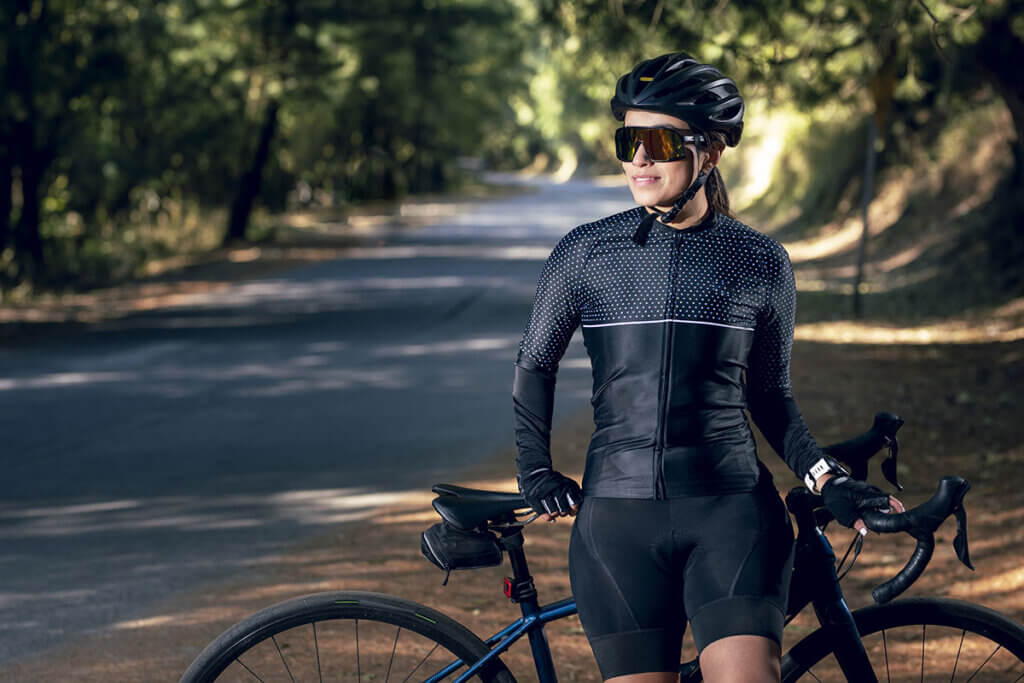
Tinted lenses shield your eyes from sunlight and make cycling more comfortable in bright light. Certain coatings for the lenses ensure that drops of water roll off quickly, so you can see through even in the rain. Others prevent the lenses from fogging up or ensure UV protection.
Sun and UV protection
Whether as a regular sporting activity or occasional leisure activity – cycling is particularly popular in good weather. Therefore, the sun protection of cycling glasses is a very important factor. With dark lenses, you are protected from bright or changing light conditions and are less dazzled, which reduces the risk of accidents. Lenses with polarisation filters additionally ensure that light reflections from the sun, for example from glass or water surfaces, are attenuated.
The respective colour of the lenses is a good indicator for which light conditions the cycling glasses are suitable.
| Colour | Effect | Fitness |
| Brown | Stronger contrasts | Bright environment, strong sunshine |
| Yellow/Orange | Stronger contrasts | Changeable weather, twilight, forest |
| Blue | Friendlier tint | Heavy clouds, gray sky |
| Gray | Darker tint | Light to strong sunshine |
In general, spectacle lenses are divided into five different categories based on the strength of their tint. These filter categories also apply to cycling glasses. The tints S0 to S4 are well suited for different light conditions.
| Category | Light absorption | Fitness |
| S0 | <20% | Darkness, twilight |
| S1 | 21-57% | Cloudy sky, little light |
| S2 | 58-82% | Sunshine, changing light conditions |
| S3 | 83-92% | Strong sunshine |
| S4 | 93-98% | Dazzling or extreme lighting conditions |
By the way, sunglasses with the S4 designation are not suitable for road traffic, but for sports and activities where the sun can be particularly blinding due to certain conditions, such as in the snow, in the desert or by the sea.
Check whether your glasses offer protection against UV radiation. Colour is not an indicator of this – blue or dark grey lenses do not automatically provide better protection than orange lenses. The UV400 designation indicates that UV rays up to 400 nanometres are filtered out. This protects your eyes from the harmful spectrum of the sun’s rays.
Sunglasses are no substitute
Ordinary sunglasses are not an adequate substitute for cyclists who regularly ride long distances or at high speeds. In this case, the wind protection is insufficient, and sunglasses usually do not fit tightly on the head.
Different lens properties
Cycling glasses are first and foremost a protection for the cyclist’s eyes. A brief moment of distraction because something blinds or hits the eye can lead to dangerous situations and accidents at high speed. Good cycling glasses protect the area around the eyes and deflect the wind to the side with their slightly curved lenses.
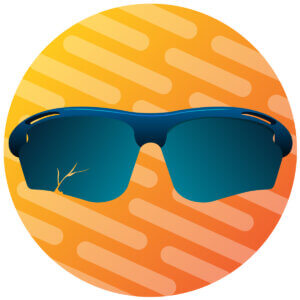
Scratch and break resistant
The lenses must be scratch-resistant in order not to be damaged by flying particles that you may be confronted with during a fast ride. Dirt, sand or small stones must not leave any traces. When cleaning the glasses, you should also not have to worry about leaving scratch marks. Furthermore, the lenses should ideally be break-resistant in case of an accident or fall. If the glasses are damaged, you will at least be protected from glass splinters.
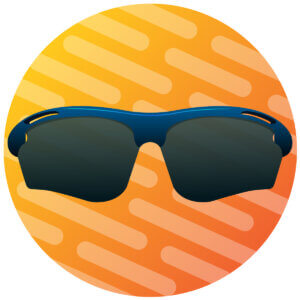
Tinted lenses
Some tinted lenses can adjust to the light conditions and become lighter or darker accordingly. This is particularly useful in changeable weather or light cloud cover. The tint becomes more intense in bright sunshine and decreases again in weaker light. This process often takes only a few seconds. The alternative is to use spectacle models where you can change the lenses. In this case, however, you would have to carry several sets of lenses with you; moreover, changing lenses is impractical with some models.
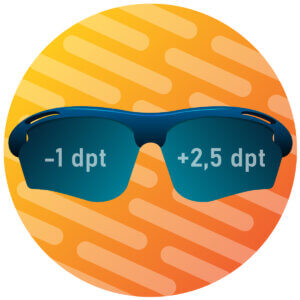
Visual acuity
For people who wear glasses in everyday life, there are cycling glasses with different visual acuities. As with prescription sunglasses, you should consult an optician who will make the appropriate lenses for you. However, you should be aware of the high cost of these lenses, which may not be worth it for occasional cyclists. Combining contact lenses with conventional cycling glasses can also work very well.
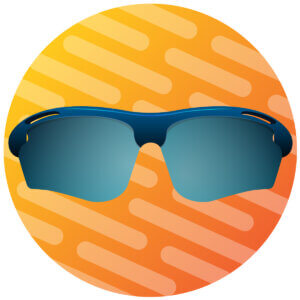
Anti-Fog
Some lenses have a special coating that prevents them from fogging up. This is particularly useful when riding in low temperatures. Usually, water condenses on the lens in high humidity, which impairs vision. The anti-fog coating causes the water to run into a flat film, preserving clear vision. Alternatively, you can use an anti-fog spray that provides the same protective effect for the lenses for up to 72 hours, depending on the manufacturer.
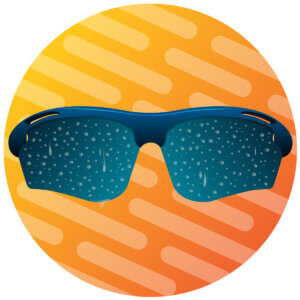
Water and dirt repellent
So-called hydrophobic lenses are particularly recommended for driving in the rain. Water droplets do not collect on the lenses, but simply roll off due to the coating. The drops lose their surface tension and flow off to the side due to the wind. This means you still have good vision even in heavy rain. Also practical are oleophobic lenses, which are more resistant to dirt and grease and therefore need to be cleaned less often. This is practical for off-road driving or in dusty conditions.
Stable frame
The frames and temples of cycling glasses are usually made of hard plastic, such as polycarbonate. This sturdy material usually promises a long service life, provided you handle it carefully. Some manufacturers also provide the frame with an alloy of light metal. This is to prevent damage even more reliably, for example if someone accidentally sits on the glasses or the temples get caught somewhere.
The temples ensure that the glasses fit snugly. Thanks to the rubberised ends, they cannot slip. Some temples are adjustable in width to fit different head shapes. However, most cycling glasses are one size fits all.
All or nothing – or half?
Furthermore, you can choose between models with a complete frame, half frame or frameless lenses. A frame offers more stability and protection from wind and rain, but the lenses can be more difficult to change. Half-frame or frameless models have a wider field of vision and better ventilation.
Weight of the glasses
There can be considerable differences in the weight of sports or cycling glasses. Some models weigh just over 20 grams, which has a particularly positive effect on wearing comfort. In this case, they are usually models with frameless lenses or half frames. Other versions can weigh between 100 and 200 grams, which is more noticeable when worn for longer periods.
Road or MTB glasses?
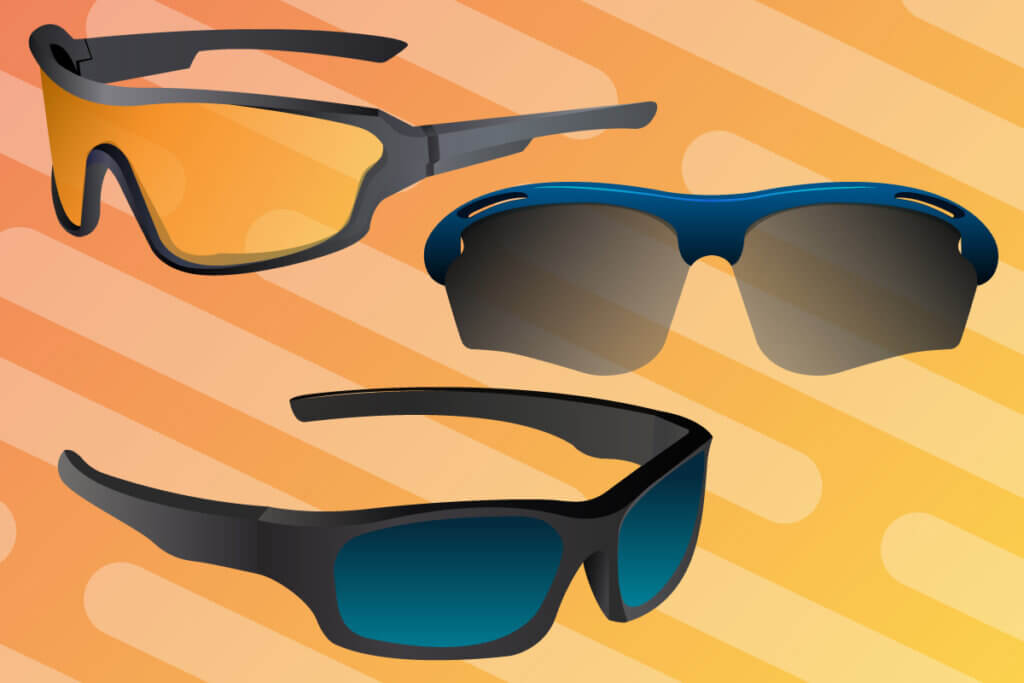
When researching suitable cycling glasses, some people probably come across the terms mountain bike/MTB glasses or road bike glasses more often. This raises the question of which characteristics of the glasses you should look for as a road cyclist or mountain biker. There is no real difference in construction or functionality. You can adjust the lenses of your favoured glasses to the environment in which you intend to ride. For example, mountain bikers will probably have to deal with dirt or mud splashes more often, against which dirt-repellent lenses are worthwhile. If you frequently ride on trails in a forest, orange tinted lenses or S2 level sunglasses are recommended to respond to changing light conditions. Due to high speeds, racing cyclists should pay particular attention to a wide field of vision that deflects the wind well. In addition, no disturbing frame should be visible in the corners of the eyes.
Special design: The mono lens
A common but still special type of sports and cycling glasses is the mono lens. Models of this shape have only one large lens, similar to ski goggles, although there is a wide range in terms of design. The free space above the nose bridge is eliminated, so that full visibility is also guaranteed in this area. The advantage of mono lenses is a wider field of vision and less wind permeability. The disadvantage is that due to their size they cannot be easily combined with every bicycle helmet.
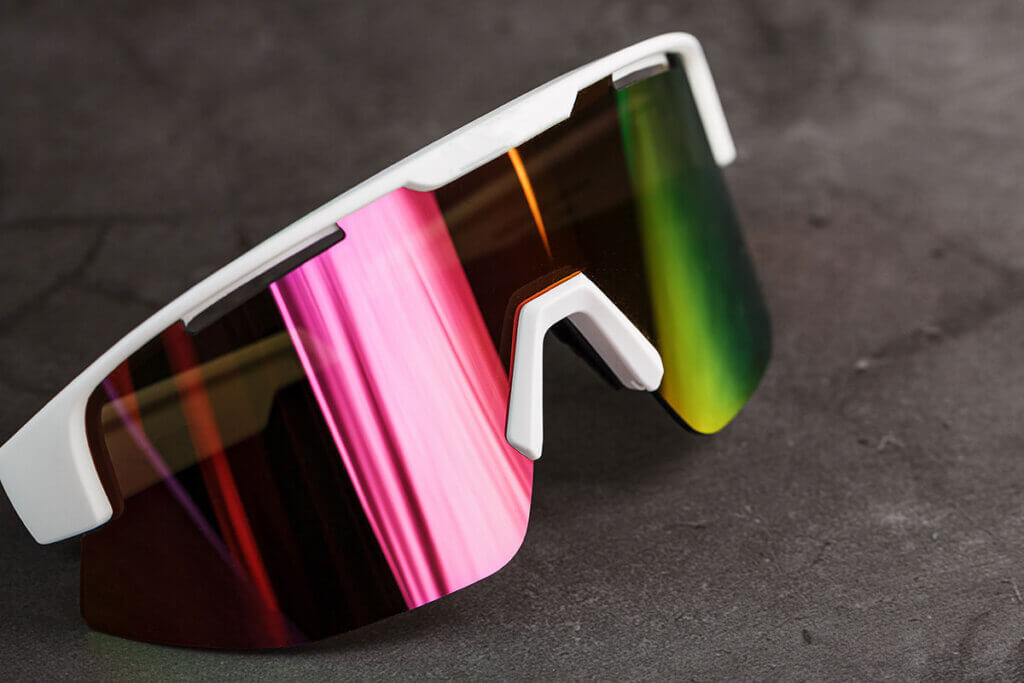
When do the glasses fit properly?
The cycling glasses should fit reasonably tightly and not wobble. When you test them out, feel free to shake your head a little and jerk it back and forth to make sure that the glasses are not too loose. At the same time, they should not press. Even a slight pressure at the beginning can become very uncomfortable after some time on tour.
An optimal fit is achieved when the temples rest a little above the ears. Rubberised temple ends in this area not only ensure that the glasses do not slip, the softer surface also feels more comfortable on the head. The frames of many cycling and sports glasses are ergonomically shaped and fit close to the eye area without pinching. However, make sure that your eyelashes and eyebrows do not touch the lenses, as this can cause smudging in the field of vision.
The glasses must also fit well on the nose without slipping. This is what the rubberised nose pieces are for, just as with normal glasses. They can be easily adjusted in width to fit any nose shape.
Combination with helmet
Since you will probably be wearing a helmet while cycling, you should check in advance whether it can be worn with the cycling glasses without any problems. Particularly large glasses could bump against the helmet with the upper rim and thus slip. Therefore, make sure you get models that fit together in both cases.
Care of your cycling glasses
To ensure that you enjoy your glasses for as long as possible, you should treat them with care. Most models come with a matching case in which you can store the glasses when you are not using them. When you clean the lenses, use a special microfibre lens cleaning cloth. It removes dust and grease stains quickly and reliably. Handkerchiefs or cotton are too rough and would damage the coating of the lenses considerably in the long run.
If your glasses have an anti-fog coating, this must be refreshed now and then by caring for them with a special agent. Otherwise, this protection will lose its effect over time. As soon as you notice that your glasses start to fog up, it is time to renew the protection.
Make sure that you do not expose the glasses to too much heat. The plastic frame can warp at temperatures above 50 degrees Celsius and the lenses can also lose their shape. In midsummer, such temperatures can sometimes be reached in a parked car, so you should not leave your cycling glasses there.


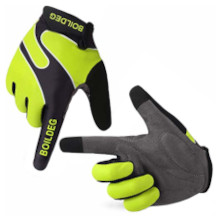





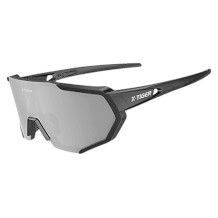





 3,804 reviews
3,804 reviews


